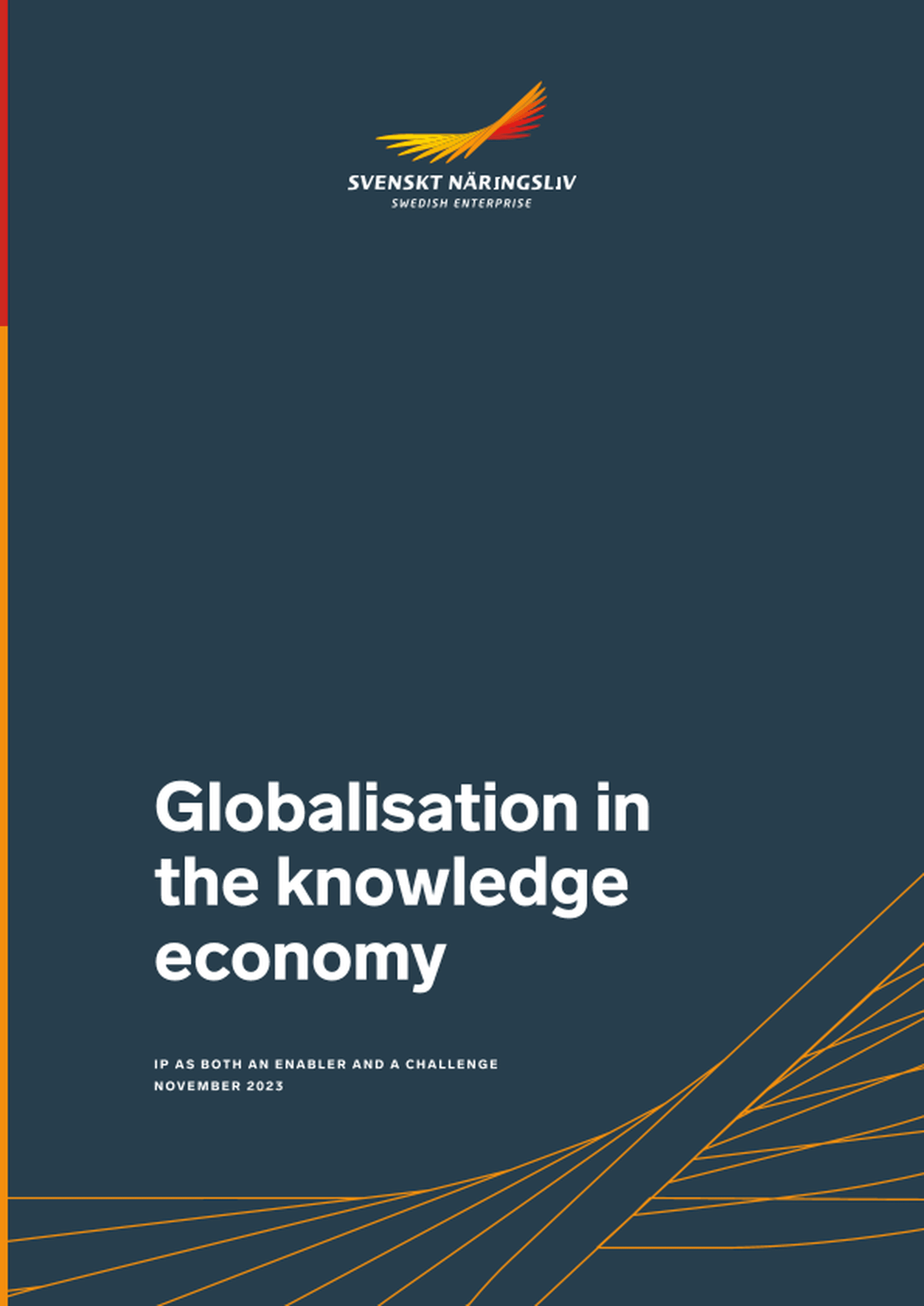Trade policy must walk hand in hand with IP Policy
If EU is to stay competitive, it is necessary to make sure that policy of intellectual property is considered in all different aspects of trade policy. We live in a knowledge economy and 90 procent of EU:s trade is done by IPR intensive companies. This is however not reflected in how we talk about trade or even competitiveness.

One first challenge is that many, including policy makers, have not updated their view on the world. Many still believe that innovation happens in Europe and in the US. What they do not understand is that several countries in Asia have become innovation leaders. This is especially evident when looking at statistics on IPR.
For example, China is the number one country in international patents applications. In the ‘90’s, Europe had three countries in top 5 of international patents applications. Today, Asia has three countries there and Germany is the only European country still in top 5. The United States has lost their top position to China. Innovation and IPR policy in Europe must reflect that loss in competitiveness.
Another challenge is the structure of the international rules on intellectual property. For more than one hundred years we have had international rules on intellectual property, for example the Berne Convention on copyright from 1886. To date, 181 countries are signatory states.
In today’s world, borders are not what they used to be
These international conventions demonstrate that soon after introduction of the economic freedoms, it became clear that there must be internationally harmonised rules on intellectual property. However, these international conventions are based on a principle of territoriality. That means that each country has their own set of rules. It is also so that differences in these rules may hinder freedom of movement. For the EU that has been the case already from the Treaty of Rome. In Article 36 it is clearly stated that intellectual property rights may hinder free movement.
In today’s world, borders are not what they used to be. Digital innovations are not commercialized by land transportation. Almost all companies in all industries are also part of global value chains. Some companies even consider themselves as being born global. This is not very well inline with the principle of territoriality. There is a solution to this problem and that is more harmonisation.
There are however problems with harmonisation even within the EU. The Single Market has a jewel in its crown, namely protection of trademarks. The introduction of the EU trade mark has benefitted companies and consumers by reducing barriers of trade within the Single Market. There is however no single market when it comes to copyright and patents.
It is necessary to look at the knowledge-based assets from different perspectives, not the least from their importance when it comes to developing competitiveness. This is the key message in the new report on globalisation in the knowledge economy from the Confederation of Swedish Enterprise.
It is also necessary that policymakers on trade and on intellectual property start interact. They need it. We need it.
